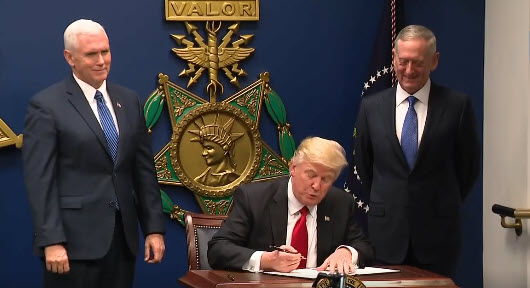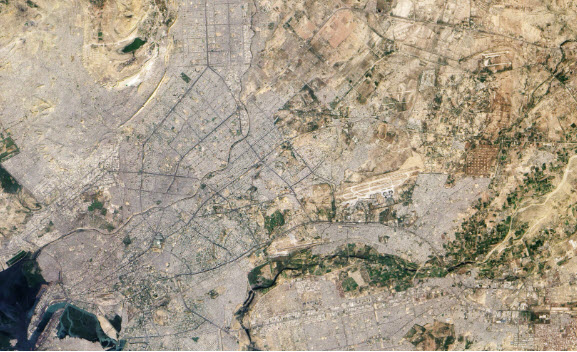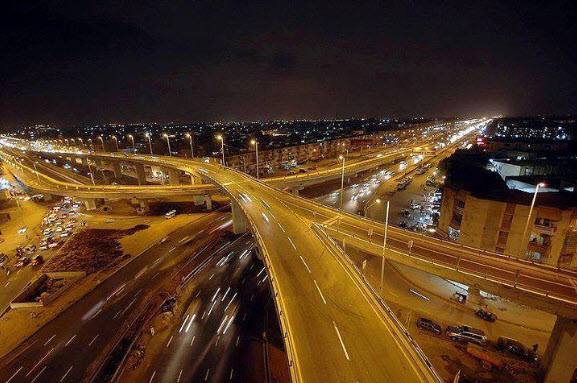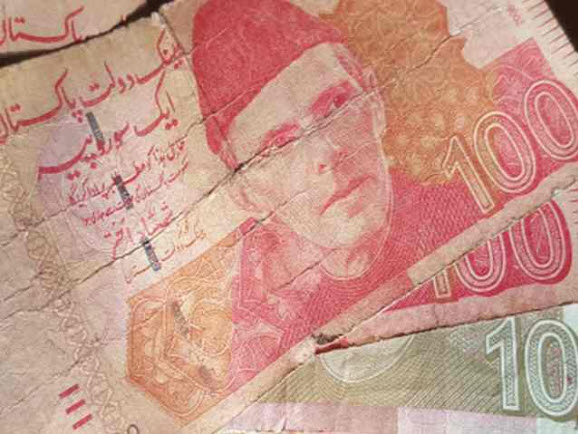
By Asad Liaqat, Ali Cheema and Jacob N. Shapiro
In late 2015, party-based local elections under a democratically elected government were held for the first time in Punjab. The elections saw high voter turnout, with 61 percent of eligible voters casting a ballot. This was an increase from the 58 percent of Punjab voters who turned out in the 2013 national government elections.
This could mark the first of repeated cycles of stable elections and transfers of power, which many argue are enough to strengthen democratic institutions. However, strong local democracies also depend on the stability and coherence of party structures as well as the institutional framework within which parties operate and elections take place. In this regard, local democracy in Pakistan remains weak.
It is important to recognize that local politicians are not only vital conduits for service delivery, but are also important mediators between citizens and higher tier politicians. In Punjab, the provincial government wields considerable authority in the assignment of functions and finances to local governments. This implies that local politicians have tremendous scope to connect people to their government and ensure their needs are represented.
Based on the results and original survey data from the November 2015 elections in the Sargodha district of Punjab, we identify major problems within the democratic process and offer insights into what institutions and political parties can do to strengthen local democracy.[1]
Where opposition is weak, so is democracy
One of the fundamental, constitutive elements of a well-functioning democracy is the existence of meaningful competition between parties for elected positions. If strong opposition parties exist and maintain links with voters, they can keep the incumbent party in check by incentivizing them to perform better through the threat of electoral defeat in subsequent elections.
Local democracy in rural Punjab falls short in this regard, as seen in the opposition’s inability to field candidates. In Sargodha, the main opposition party, Pakistan Tehreek-e-Insaaf (PTI), could only field candidates for the office of union council (UC) chairperson (a directly elected local government office) in 64 out of the 164 rural UCs that comprise the district council. Other opposition parties failed even more miserably: Pakistan People’s Party (PPP) fielded candidates in a mere eight union councils, and the Pakistan Muslim League-Quaid and Jamaat-e-Islami only fielded two candidates each.
Unsurprisingly, this results in lackluster electoral performance for opposition parties. Among the union councils where PTI did field a candidate, it managed a vote share higher than 30 percent in only half of them, winning a total of 12 union council chairman seats. The only other opposition party that won any seats was PPP, which succeeded in four out of the eight seats it contested. In total, opposition parties only won 16 out of the 164 union council chairmen seats in Sargodha. Opposition parties held less than 10 percent of the seats in the district council of Sargodha at the time of these elections.
The real opposition that emerged to fill this vacuum was independent candidates. In a staggering 84 percent of union councils, at least one independent candidate contested. Independents won the chairman position in 68 out of 164 union councils. Put differently, independents won 49 percent of the seats where at least one independent was contesting. This phenomenon is worrying since it represents a corrosion of party-based accountability, weakens the relationship between local and national democracy and reduces political ownership for the system among opposition parties.
Politicians need to be vetted for honesty, competence and motivation
Another key element of a well-functioning democracy is the ability of political parties to select the “right” candidates. Democratic theorists have emphasized the critical role parties play in vetting potentially elected officials. Sargodha’s local government election, with weak opposition parties, presents an ideal setting for analyzing the robustness of candidate selection by the provincial ruling party, Pakistan Muslim League-Nawaz (PMN-N).
PML-N party officials clearly played this gate-keeping role. Field observations suggest that a majority of candidates who ran as independents were jockeying vigorously for endorsement by the ruling party prior to the allocation of tickets.
Evidence suggests that the ruling party’s selection process isn’t very robust. In a third of union councils where there was consensus within PML-N over a candidate’s endorsement, voters rejected the ruling party candidate in favor of an independent. The current process of candidate selection, which is influenced by district-level caucuses, may work for party bosses but it isn’t getting selection right in the eyes of the voters. An important feature of local elections is that they reveal this disconnect.
Solutions
Clearly much work needs be done to strengthen the local democratic project in Pakistan. A good starting point would be a public report on the state of local democracy generated by the Election Commission that rates the strength of democracy on defined metrics across Pakistan’s different rural and urban local councils and governments. The report should point out failures at the level of the ruling and opposition parties in order to create public pressure on these organizations to modernize processes (such as selection) and take actions (fielding candidates) that will help build the foundations of a strong local democracy.
At a legislative level, the issue of independent candidates needs to be seriously debated. It is misleading to call a system party-based if the main opposition party is only able to field candidates in a fraction of constituencies. The current system will be subject to accusations of political capture by opposition parties and is likely to weaken political ownership. There is also a need to create rule-based separation of functions and finances between local and provincial governments that are enforced through bipartisan institutions. The recent action by the Government of Punjab in announcing a rule-based fiscal transfer award for local governments through the Provincial Finance Commission (PFC) Award is a step in the right direction.
Finally, it is important for the provincial government to recognize that weak political accountability at the local level creates real risks for poor service delivery and corruption. These problems are likely to damage its reputation in the 2018 general election. Given weak party-based competition and the resulting weak performance incentives for local politicians, it is critical to enforce the Punjab PFC’s recommendation of instituting administrative accountability mechanisms such as third-party and citizen audits. This is important to ensure that local governments deliver to the voters.
Asad Liaqat is a PhD candidate in public policy at Harvard University.
Ali Cheema is a senior research fellow at the Institute of Development and Economic Alternatives (IDEAS) and Associate Professor of Economics at the Lahore University of Management Sciences (LUMS).
Jacob N. Shaprio is Professor of Politics and International Affairs at Princeton University and an associate fellow at IDEAS.
[1] The larger research project being conducted by the Institute of Development and Economic Alternatives (IDEAS) examines how voters make choices broadly and the relative weight they give to party performance vs. candidates’ political and bureaucratic connections. Along with the authors of this blog, research was conducted by Michael Callen (Assistant Professor of Economics and Strategic Management at the University of California San Diego), Adnan Khan (Research and Policy Director at the International Growth Centre) and Farooq Naseer (Assistant Professor of Economics at the Lahore School of Management Sciences).






 Hina Shaikh and Ijaz Nabi
Hina Shaikh and Ijaz Nabi


 Anjum Nasim and Umbreen Fatima
Anjum Nasim and Umbreen Fatima


